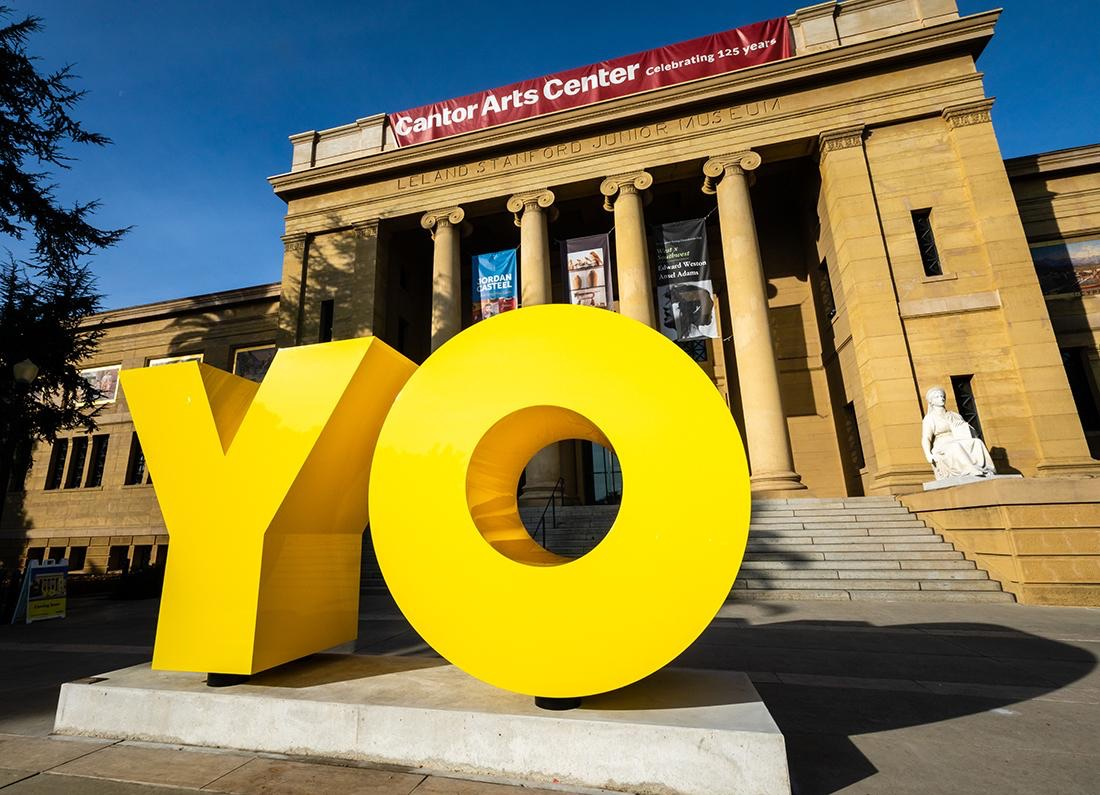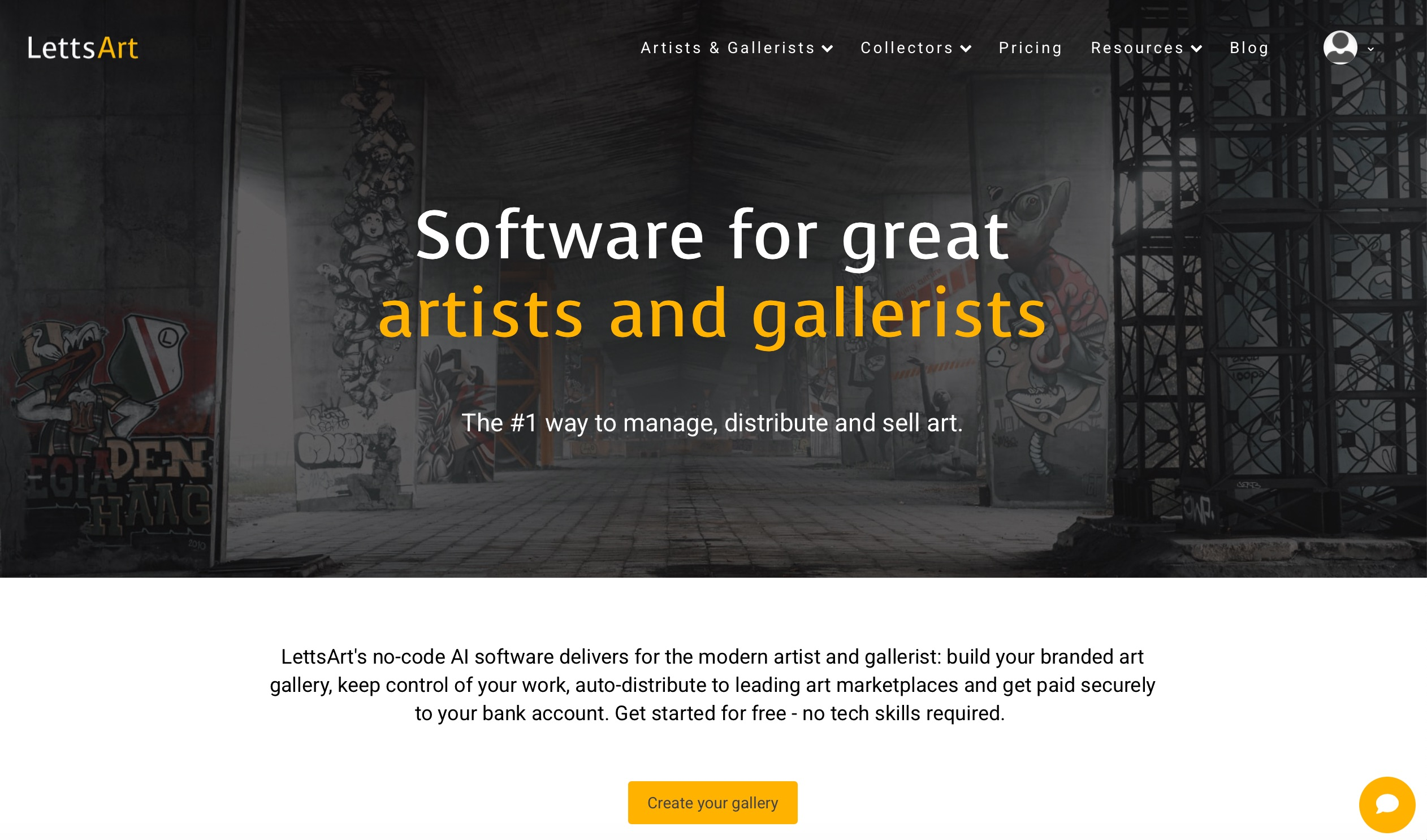If you want to understand where the art world is drifting, watch where the mega-galleries plant their flags. The newest pennant goes up on Hamilton Avenue, where Hauser & Wirth has announced a Northern California outpost in downtown Palo Alto, slated to open in spring 2026. The choice is pointed: not San Francisco, with its storied institutions and city-scale audiences, but the smaller civic stage of Silicon Valley’s capital, a few blocks from Stanford and a short drive from tech HQs. The gallery will occupy a historic former post office at 201–225 Hamilton Avenue, a compact 2,600-square-foot space that will include a bookshop and a program of talks and events.

On paper, this is a return shot in a local volley that has lately favoured retreat. Gagosian closed in San Francisco in 2021. Pace shuttered its Palo Alto outpost in 2022. The Bay Area, long flush with collectors yet stubbornly decentralised, has seemed hard to crack for blue-chip retail. Hauser & Wirth’s move therefore reads like a contrarian bet: that the audience is there, but the format must change—smaller, closer to the neighbourhood, and stitched to existing ecosystems rather than hovering above them.
Of course, no one opens on this particular corner by accident. The decision is widely read as proximity to Silicon Valley’s most influential patrons. Whether or not that calculus was decisive, it clarifies the gallery’s wager: to meet capital where it lives, turning a tech corridor into a collecting corridor. In that reading, the address is not just a location but a business model.
The building matters, too. A former post office signals exchange—of messages, of value, of public comings and goings. Hauser & Wirth notes the early-1900s façade with large street-level windows and the plan for a bookshop—an old-world gesture that also happens to merchandise its publishing arm and Ursula magazine. Architect Luis Laplace, the gallery’s longtime collaborator, will oversee the renovation, a detail that gives the enterprise a consistent design language with other Hauser & Wirth spaces worldwide. It is not the brawny campus model the gallery pioneered in Los Angeles’s Arts District, but a downtown jewel box, scaled to the pavement and to the pace of neighbourhood life.

Why Palo Alto, and why now? One explanation is strategic geography. The Bay Area’s institutions—the Cantor Arts Center, the Anderson Collection, SFMOMA, BAMPFA—have never lacked curatorial ambition; what they have lacked lately is a steady churn of primary-market programming from the world’s dominant dealers. Hauser & Wirth’s West Coast footprint (Downtown LA since 2016; West Hollywood since 2023) gives it supply, artists, and production muscle; the Palo Alto node can serve as a northern satellite that convenes energy without duplicating scale. In a contracting art market, a 2,600-square-foot room is nimble: it can host focused solo shows, small thematic surveys, and community-facing talks that would get lost in a warehouse.
The symbolism cuts both ways. For some Bay Area artists and galleries, a mega-gallery’s arrival can feel like a shadow passing over the street—commanding attention, potentially distorting rents, and redirecting media oxygen. For others, it’s a tide-lifts-all-boats scenario: more museum-quality exhibitions, more visiting curators, more collectors on planes not just to Art Basel but to the South Bay on a Friday. The landscape here is idiosyncratic: legions of engineers with high risk tolerance, founders who understand illiquidity, and family offices that think in decade horizons—all useful traits in art patronage. The question is whether the gallery can convert that abstract capacity into concrete participation, beyond the VIP preview.
Hauser & Wirth, to its credit, has generally understood that “place” is not a showroom but an ecosystem. In LA, it wired education labs, artists’ talks, and a bookstore into daily footfall; in Somerset and Menorca, it pursued a slower hospitality-adjacent model that turns visitors into repeat pilgrims. If Palo Alto is to thrive, the gallery will need to resist the temptation to merely “drop-ship” its Los Angeles programme north. It will need to learn the particularities of an audience that juggles Stanford lectures, youth-sports carpools, and late-stage start-up life—and still wants to see art without crossing the bridge. The intimacy of the space could work in its favour: there’s no hiding in a 2,600-square-foot room; the work has to carry, and the conversation has to be real.
What might that conversation sound like? The Bay Area has a long intellectual tradition around systems, perception, and technology—think of computational aesthetics, data-driven environmental art, or the region’s intertwined histories of conceptualism and craft. That doesn’t mean the programme should be “tech art,” a label that often collapses into novelty. Rather, the most interesting shows here could engage the area’s preoccupations obliquely: the politics of scale, the ethics of automation, the materiality of attention. A bookshop stocked with critical writing—on ecology, labour, and design—could be as catalytic as any show.

There is also a civic argument for Hauser & Wirth’s presence. If the Bay Area is to repair the frayed link between its wealth and its cultural infrastructures, then more spaces must act as mediators: rooms where collectors encounter artists outside the fair tent; where students encounter objects outside the screen; where a Thursday-night talk draws people who don’t yet have a favourite painter. A gallery cannot replace a museum, but it can alter the density of artistic experience in a neighbourhood. The corner of Hamilton and Ramona—once a conduit for letters—may become a conduit for that density.
As Hauser & Wirth stakes a claim in the world’s tech capital, the line between culture and code grows thinner. That’s precisely the space LettsArt fills—bringing a tech-enabled, creator-first digital art platform to the same conversation Palo Alto is about to amplify. If you believe the future of collecting is both physical and digital, join LettsArt today and help build the bridge between the gallery on the corner and the gallery in the cloud.